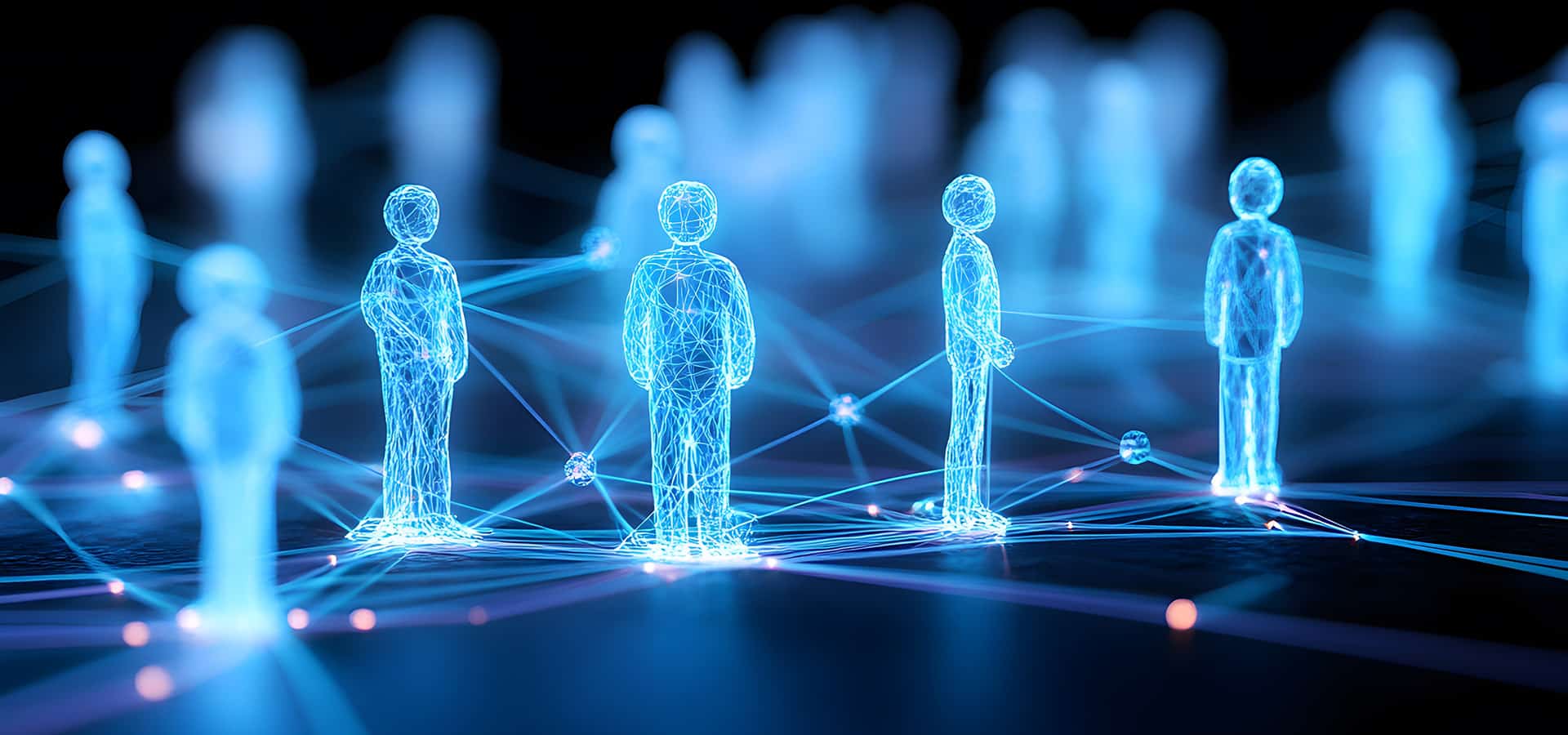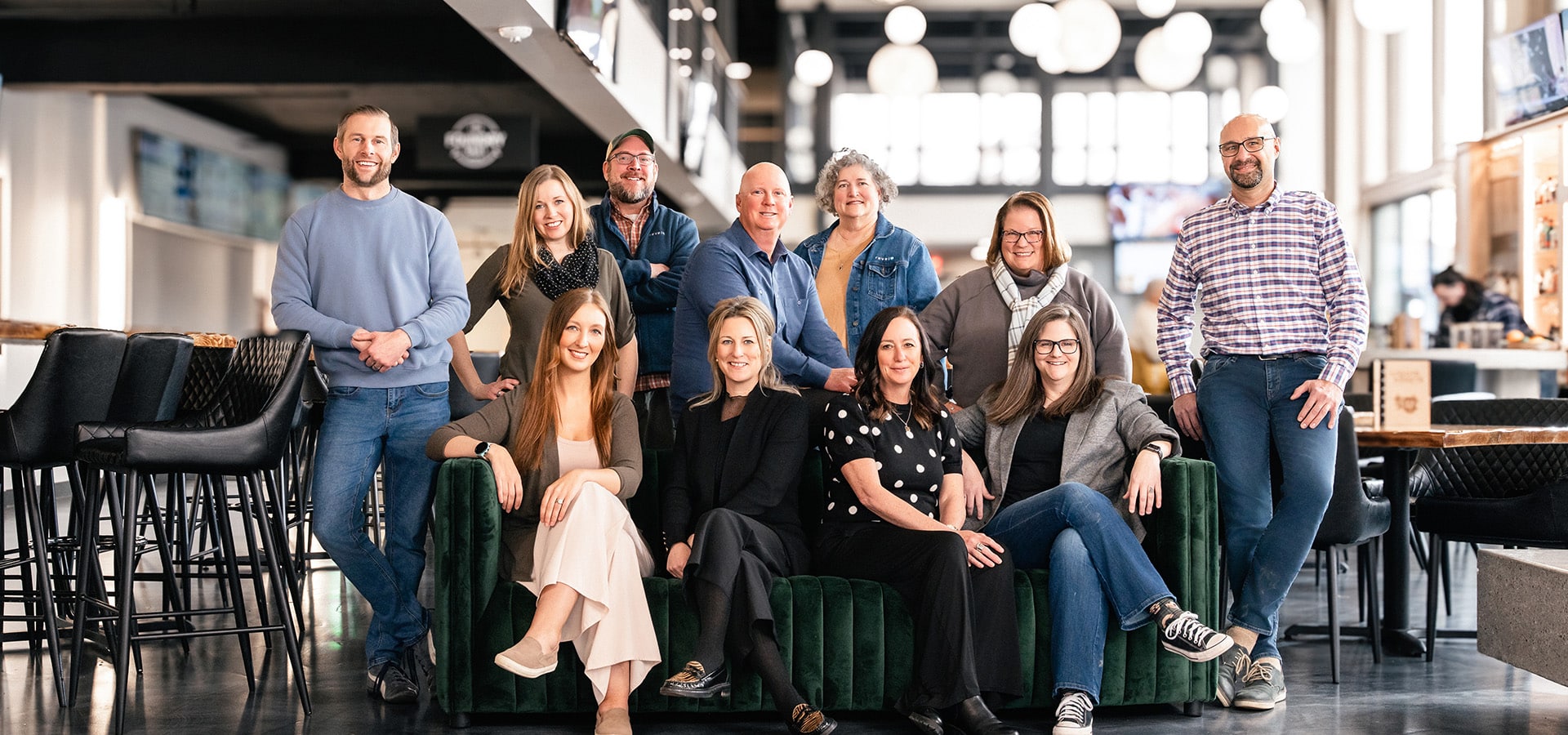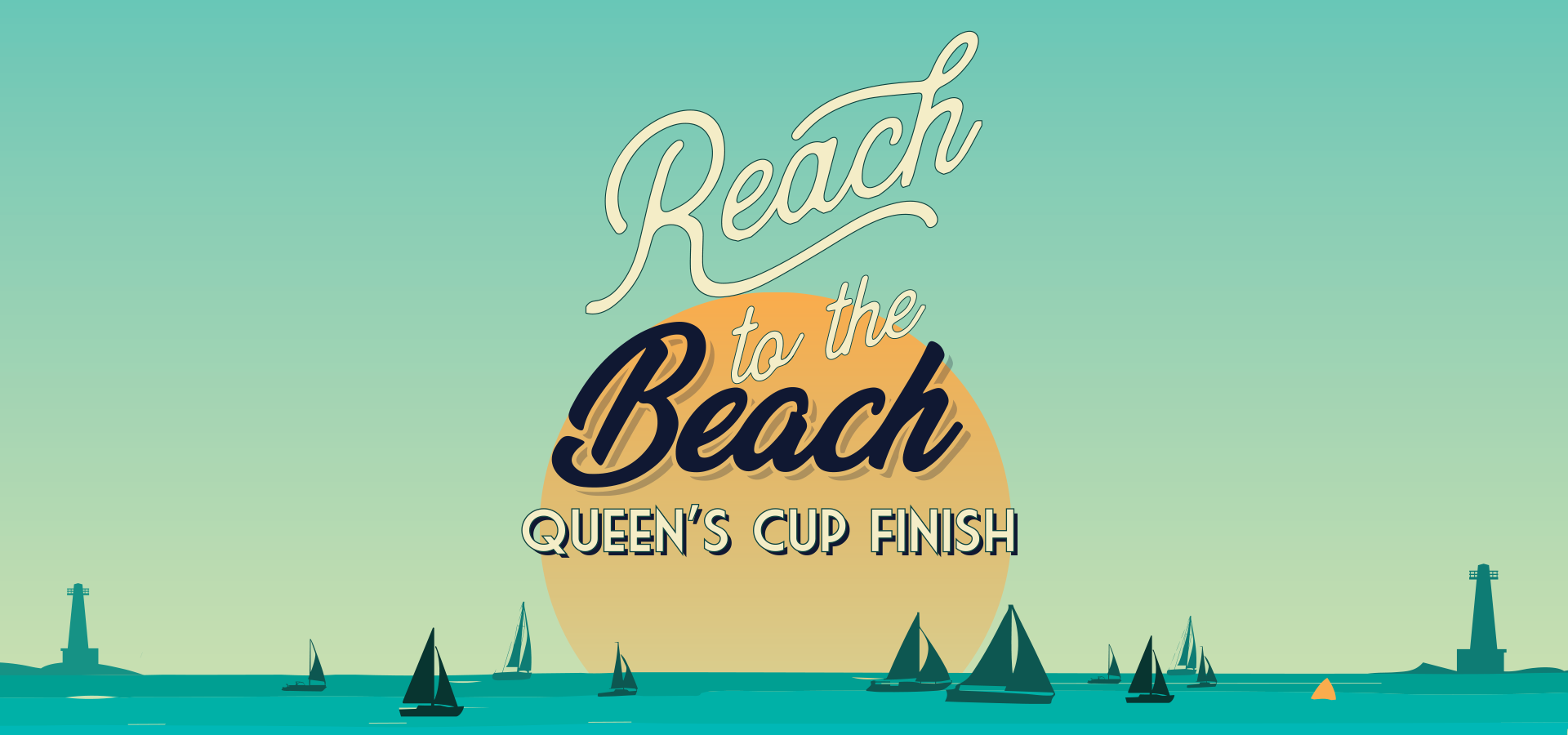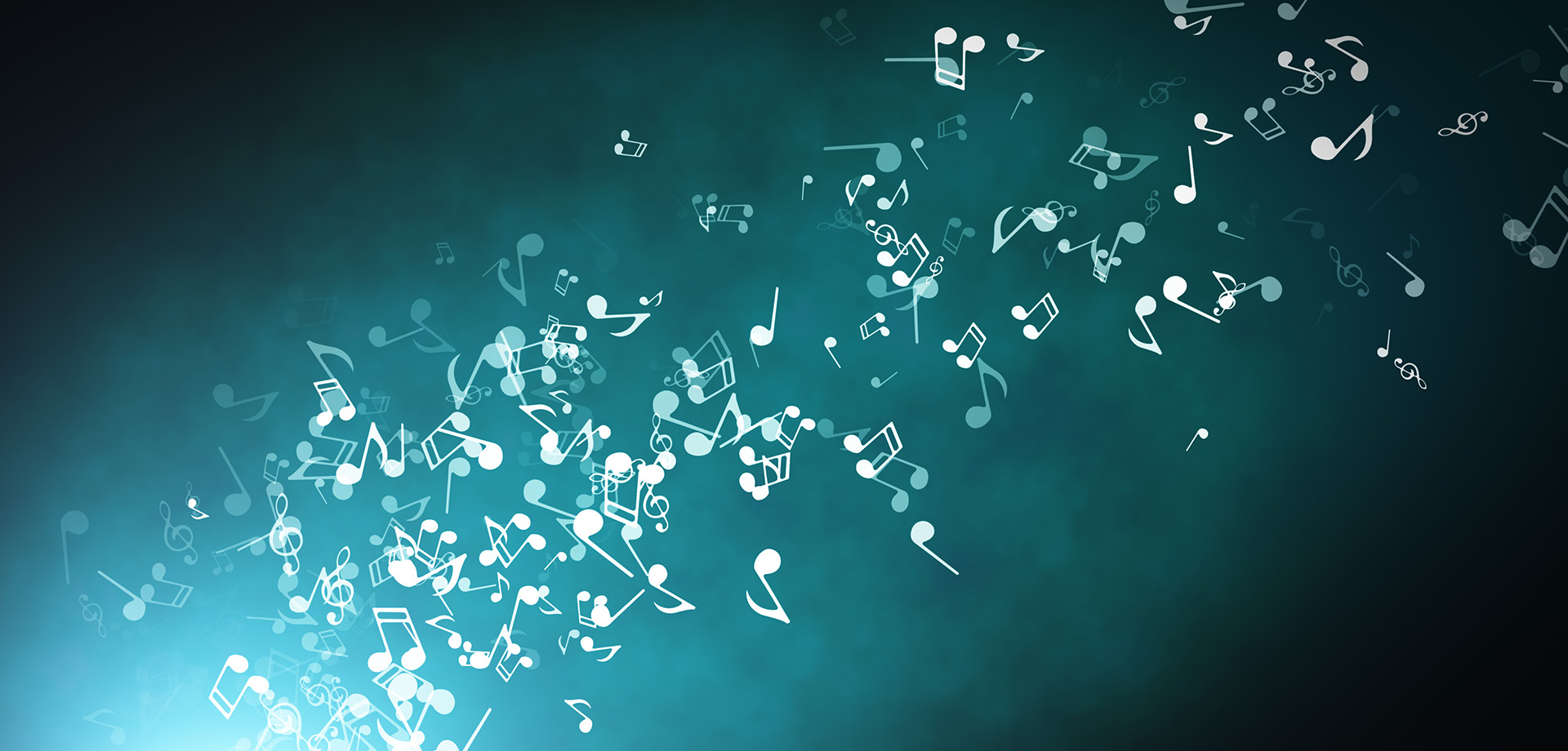It sounds like a silly term – at least a little bit – but “gamification” is trend that has been gaining steam over the last few years. And it means exactly what it sounds like: literally turning everyday events, monotonous tasks, and pretty much anything you can think of into a game.
The point is pretty simple – people like to play games because they are fun … and adding elements of gaming to otherwise “un-fun” things is a way to, well, get people to do them. Even when things ARE fun, a sense of accomplishment keeps people coming back for more.
This approach has gained a ton of traction lately in the marketing world because when it’s done right, gamification can drive all kinds of interaction, engagement, and brand loyalty.
The core element is a reward system. Think of it as Xbox achievements for pretty much anything. It’s at the heart of loyalty programs that reward customers for collecting X number of stamps or punches or digital coins (or whatever). It’s the reason new website signups give you a percentage counter toward completing your profile – it’s the McDonald’s Monopoly Game.
The more you participate, the more “rewards” you receive. As you go along filling out your profile or collecting your stamps or earning social media titles, you’re engaging with a brand time and time again – and because YOU want to keep your progress and make sure you’re earning your rewards, you’re making it that much easier for the brand to track your behaviors and preferences.
One of the most popular ways to “gamify” an experience is by way of “badges,” a true emulation of the achievement systems you can find on video game consoles like Xbox and in PC game platforms like Steam. You receive a mark of recognition, a badge, for completing an action or a series of actions. Some of the badges you have to expend some effort to get; others you receive without knowing you’re about to!
Both serve to make you feel like you’ve accomplished something in addition to the task at hand. It puts your actions in a larger context and makes you feel connected to – and in subtle competition with – all of the other people “playing the game.”
These kinds of achievements are now a part of Netflix, where watchers earn badges for viewing, reviewing, and for marathon sessions. Applications like AchieveMint “gamify” your health habits by pulling data from other applications and giving you rewards for being health conscious – like tweeting about health or checking in at the gym. The website Code Academy rewards users with badges for completing lessons in their coding education programs, helping keep people motivated to come back and work through the tough challenges.
In all of these examples, though, the goal is the same: ongoing engagement.
Think about your company’s website, your physical storefront, even your interactions with coworkers or customers – is any gamification going on already? Are there opportunities to boost engagement, get people fired up, or spur motivation through the use of gamification, rewards systems, or achievement tracking?
People love to play, and there are ways to make a game out of almost anything!
Need help getting your game on? That’s why we’re here.











